Capturing light is the essence of photography itself. As a landscape photographer there are instances of special light that really bring the landscape to life. In some cases, certain light seems to bring out the essence of a particular location. The type of light that can do this depends on what kind of scene you are photographing. Today I’ll be discussing my personal favorite types of light when photographing the landscape.
Sidelight
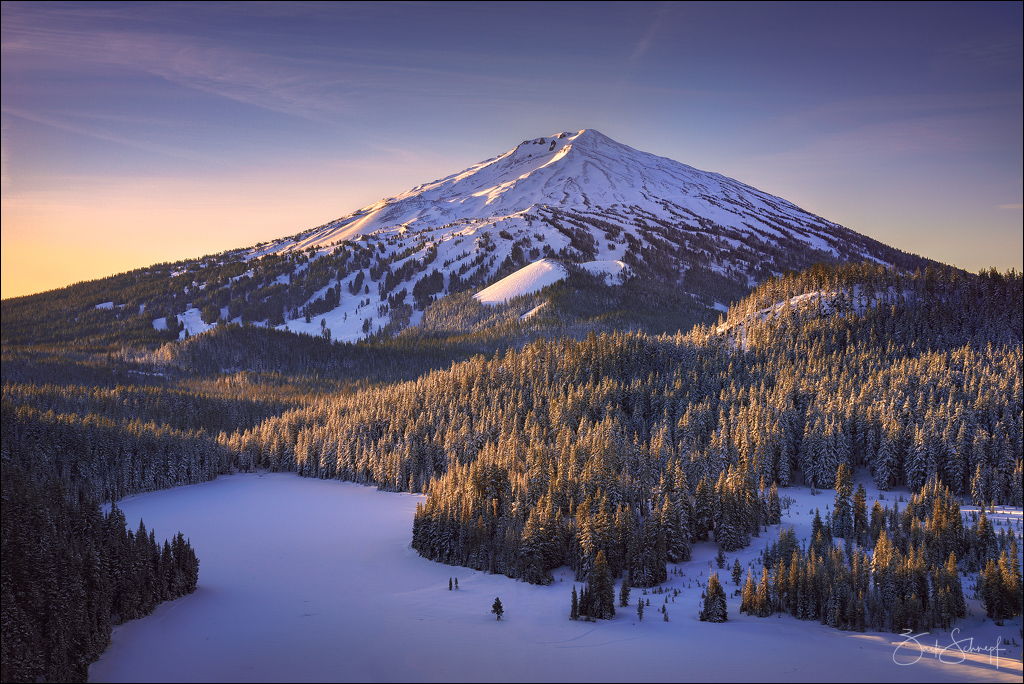
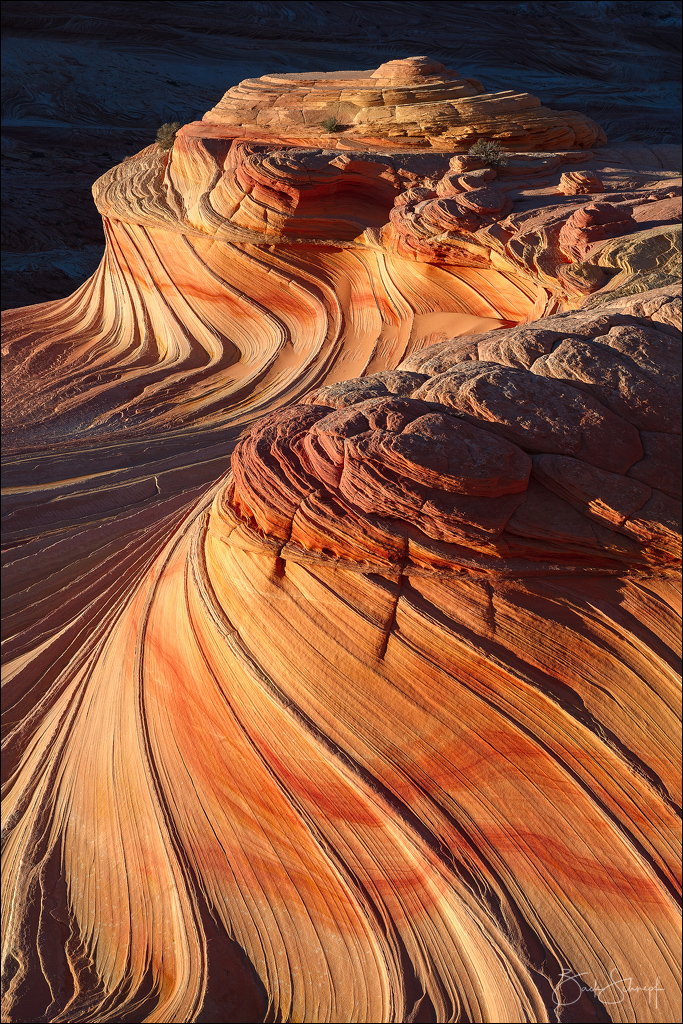
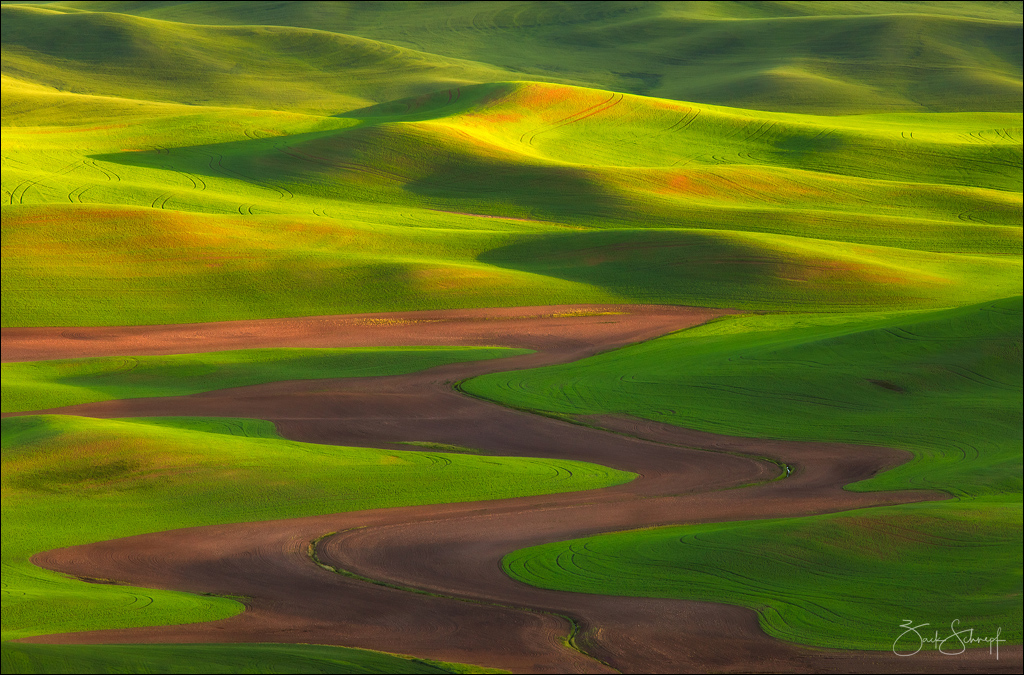
Sidelight is when the main light source, usually the sun, is roughly 90 degrees from the viewer. The play of light and shadow is what draws me to sidelight. Textures are accentuated and objects naturally separate from each other, because of the contrast between highlights and shadows. The natural contour of the land stands out more and colors are more saturated as well. Side lit scenes are generally very dynamic and appear more dimensional which lend themselves to be reproduced in a two dimensional art form like photography or painting. Scenes with a lot of natural contour, or lot of overlapping elements, or scenes with interesting textures are some of my favorite subjects to photograph in sidelight.
Backlight
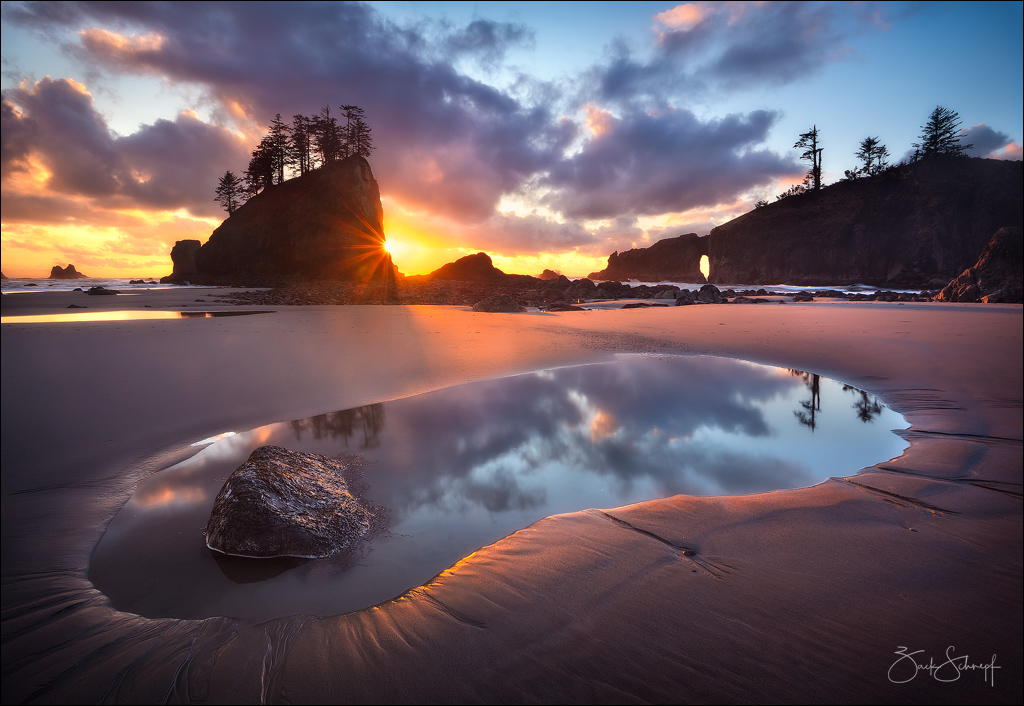
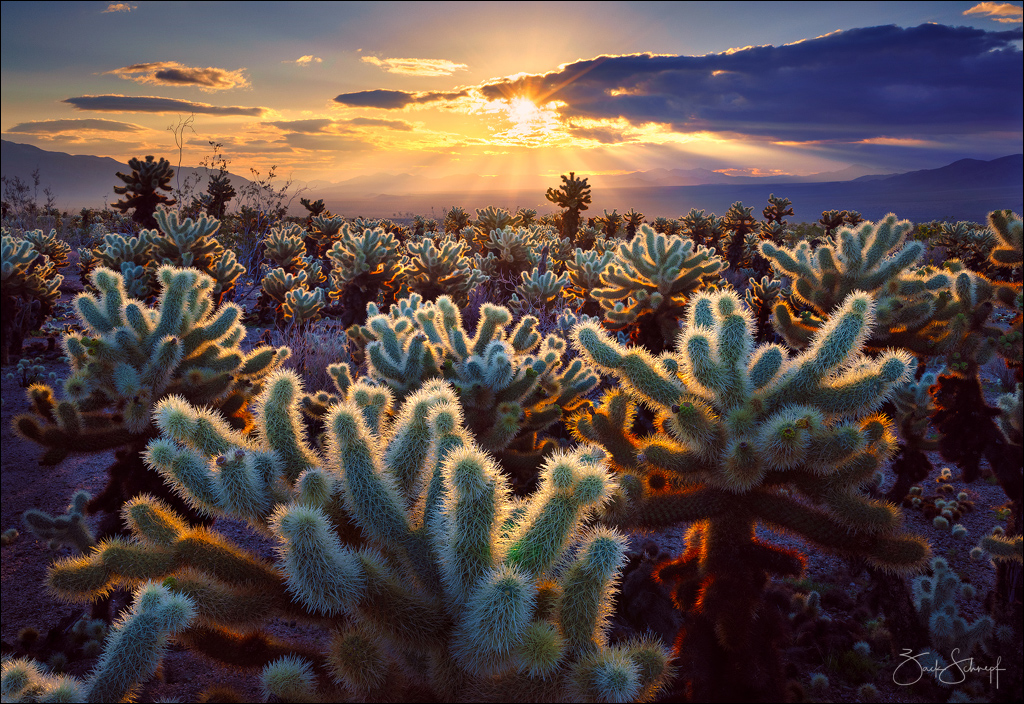
Backlight is when the light source is directly in front of the viewer. Backlight doesn’t work with all types of landscapes, but for certain kinds of landscapes it’s my absolute favorite light. The glancing light across the sand and rim lighting around the tide pool in the above image is what made this scene come alive. The glowing edges of the cholla cactus as the light passes through the translucent needles is pure magic with the right backlight. Backlight can be some of the most challenging light to photograph. The extreme dynamic range can be hard to overcome without blending multiple exposures and lens flare can occur when direct sunlight hits the front lens element. If you can rise to the challenge, you are often rewarded with some of the most dynamic and visually striking images.
Diffused Light
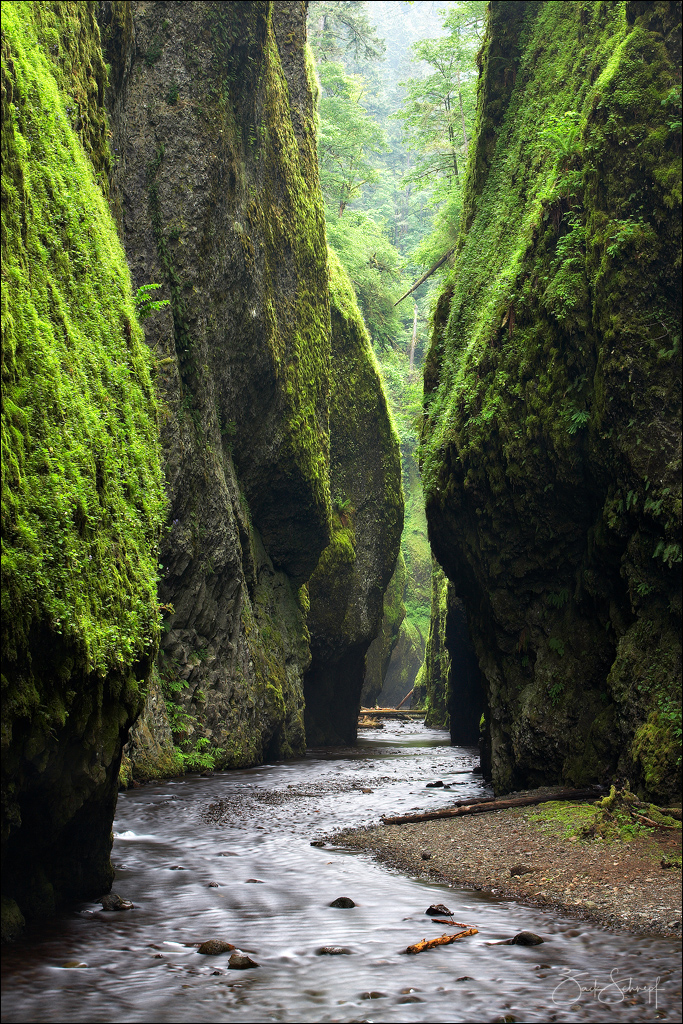
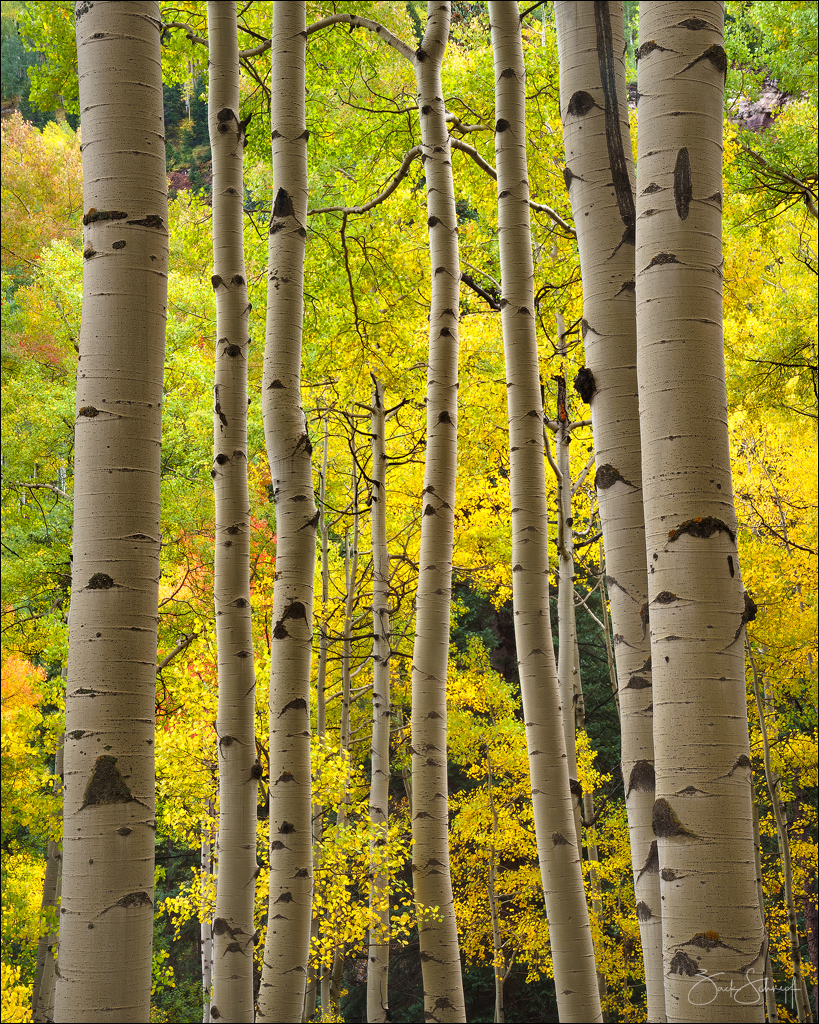
Diffused light in landscape photography is when the sun is being diffused by clouds, fog, smoke, or dust. Soft diffused light can be the ideal light to photograph scenes with extreme contract ranges. Oneonta gorge is very difficult to photograph under direct sunlight, but when the sun is being diffused by mist and clouds you are able to capture the full contrast range of the canyon, and the moss and ferns glow as they are bathed in soft diffused light. Forest scene like these aspens in Colorado are another example of a scene that photographs well under diffused light. Forests are already very chaotic to photograph, the soft diffused light helps simplify the scene and also creates less contrast making it easier to capture in one exposure. Soft diffused light can be dull in a lot of grand landscape scenes, but for scenes like these it’s ideal.
Directional Diffused Light

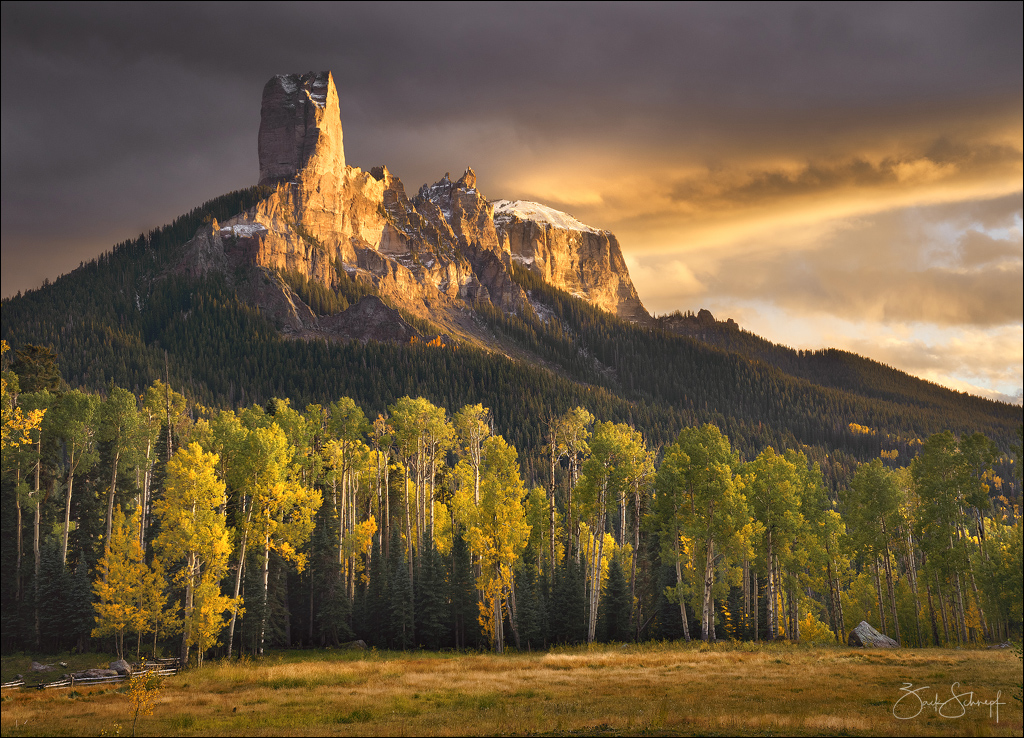
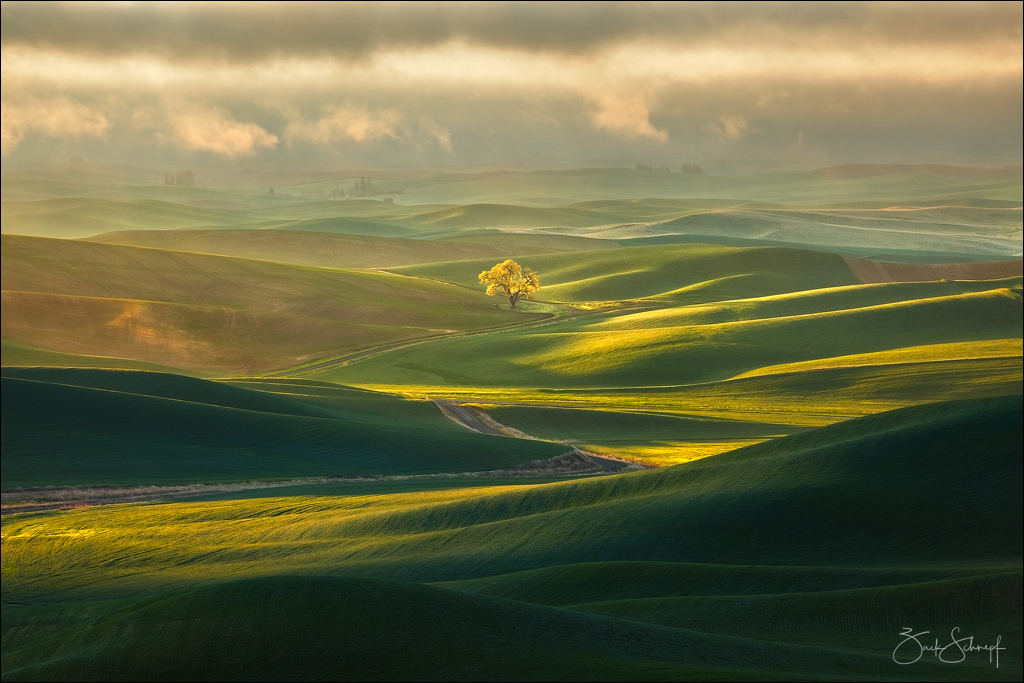
Directional diffused light is when the light is being diffused, but there is also a main light source from a specific direction. In the first two images above, the light is diffused sidelight and the lone tree image is diffused backlight. There is something magical about this type of light. Everything seems to glow and pop. Whenever I see this type of light start to develop in the field I get excited for the possibilities.
Canyon Light

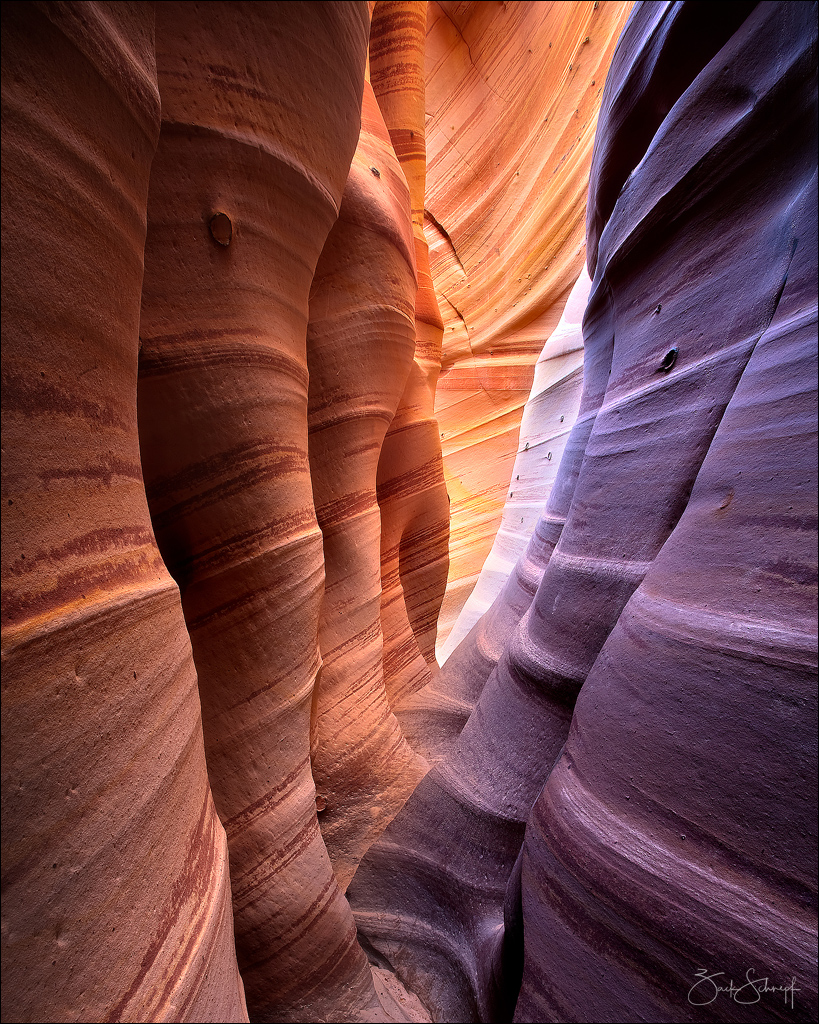
Canyon light is also special. It’s generally a mix of warm sunlight bouncing off the various canyon walls mixed with blue light from the open blue sky. One of my favorite photographic experiences is to walk through canyons and observe the play of light. Each corner of a canyon can be very different, I’ve lost whole days wondering aimlessly in canyons photographing canyon light.
Twilight
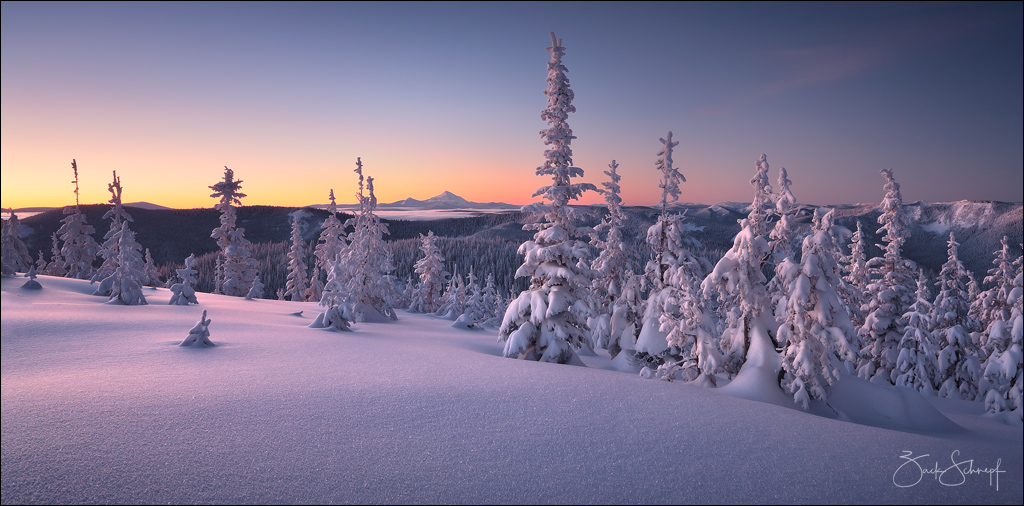

Twilight is soft, radiant, color biased light that you’ll find several minutes after the sun goes down and before the sun comes up. It’s caused by sunlight bending and reflecting as it interacts with the atmosphere at oblique angles. It can be enhanced when there is a high concentration of particles in the upper atmosphere. This can produce some of the most beautiful instances of twilight. It’s one of my favorite times to be outside especially while photographing. It’s basically diffused directional light, but it’s also color biased and very saturated. I especially like to photograph snow and sand in twilight, because they take on the color of the sky. Things just glow in this light and I always consider myself fortunate when get to photograph in twilight.
I hope you enjoyed some of my thoughts on my personal favorite types of light. What is your favorite light to photograph?
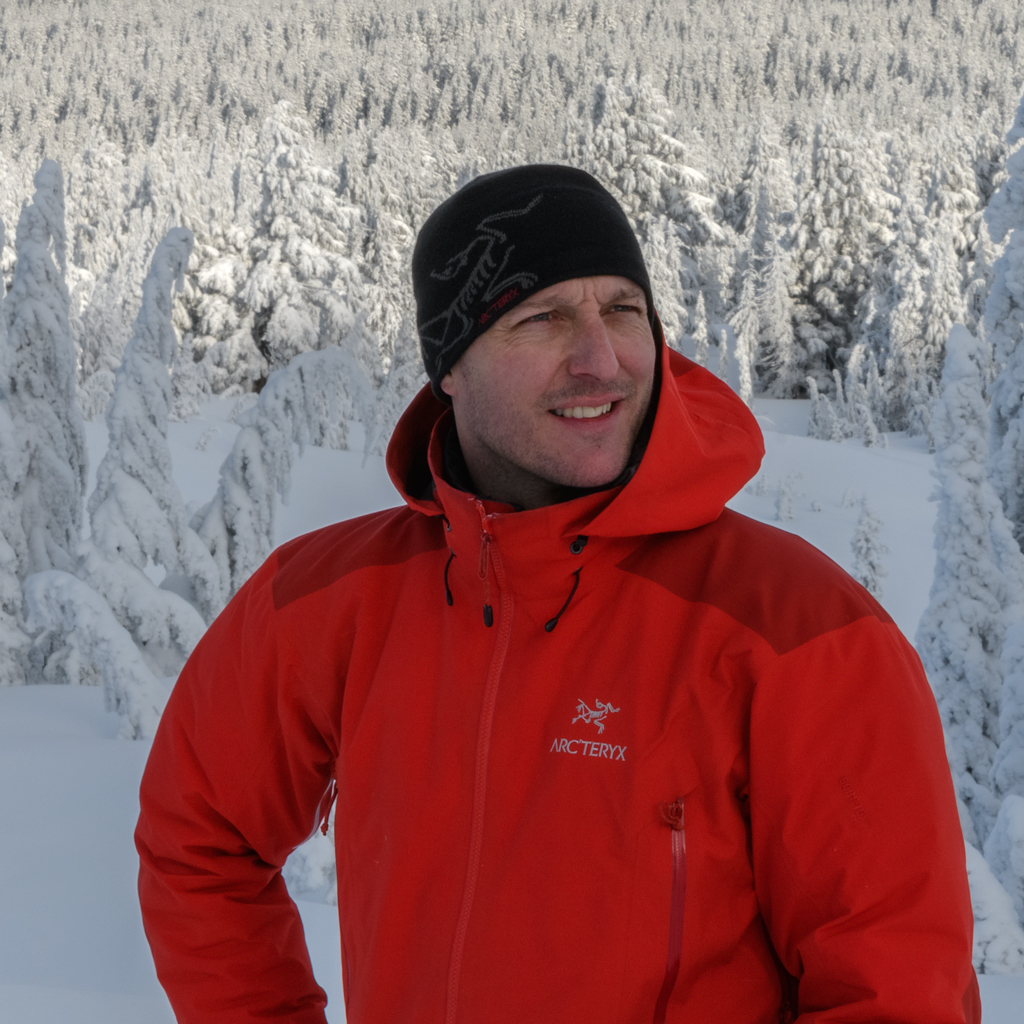
Location: Bend, OR
Website: www.zschnepf.com
YouTube: https://www.youtube.com/user/zschnepf77
Instagram: https://www.instagram.com/zackschnepf/
Zack is an award winning photographer specializing in fine art landscape photography and post processing. “Art is in my blood. My father is a well known poster artist and painter. My mom was a painter, and print maker and my brother is an art director at Facebook. Art is a way of life for my family, and I will hopefully pass it on to my children as well.”
“The love of nature is also something that my family and I are passionate about. I’ve been hiking, biking, rock climbing and backpacking since I was little. From an early age, I learned to appreciate the beauty in nature.”

Recent Comments